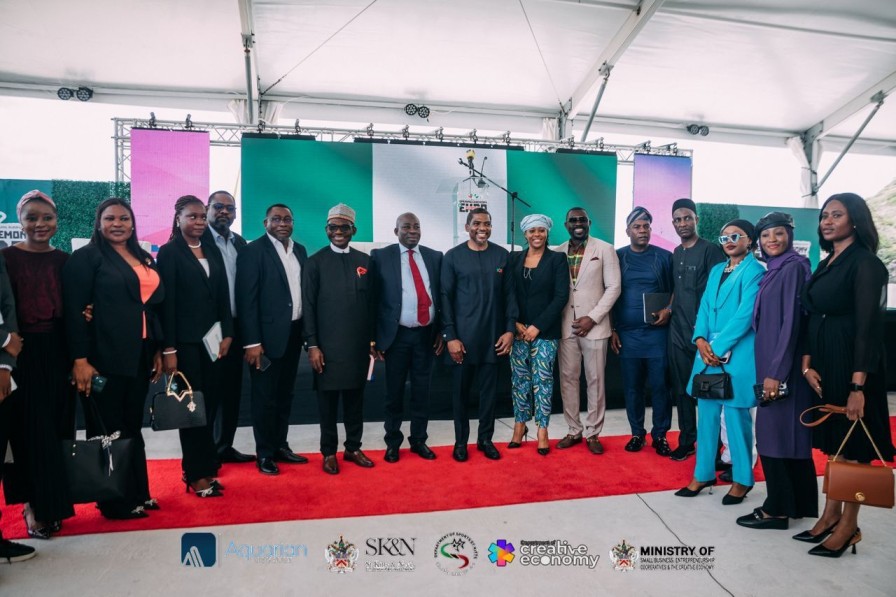PROTECT YOUR DNA WITH QUANTUM TECHNOLOGY
Orgo-Life the new way to the future Advertising by AdpathwayOfficial data from the Speedtest Global Index and GSMA Association reveal a clear divide in Latin America’s internet speeds for 2025.
Chile and Brazil lead the region, but most countries struggle to keep up, and this gap has direct consequences for business and economic growth.
Chile ranks among the world’s fastest countries for fixed broadband, with an average download speed of about 277 Mbps. This puts Chile ahead of the United States, Spain, and Switzerland.
Brazil stands out for mobile internet, with a median download speed of 206 Mbps, placing it sixth globally and ahead of South Korea and China. Peru and Colombia follow at a distance, with Peru reaching nearly 198 Mbps in fixed broadband and Colombia at 167 Mbps.
Mexico lags further behind, with 85 Mbps for fixed broadband and 46 Mbps for mobile. These figures come from official Speedtest and ITU sources.
 Chile Leads in Broadband, Brazil Tops Mobile: Latin America’s Internet Speed Winners in 2025. (Photo Internet reproduction)
Chile Leads in Broadband, Brazil Tops Mobile: Latin America’s Internet Speed Winners in 2025. (Photo Internet reproduction)The numbers show that only a few countries in the region have managed to build modern, competitive digital infrastructure. Most others still rely heavily on older 4G networks.
Latin America’s 4G Surge and 5G Shortfall
According to GSMA, 4G will account for 67% of all connections in Latin America by the end of 2025, while 5G will reach only 12% of connections. In Brazil and Mexico, 5G will cover 18% and 12% of mobile connections, respectively.
Urban areas benefit the most from new investments. In Brazil, wealthier neighborhoods in cities like Rio de Janeiro and São Paulo enjoy speeds above 200 Mbps on mobile networks. In contrast, cities in Mexico see much lower speeds.
Monterrey, the fastest Mexican city, reaches 55 Mbps, while Ecatepec records just 26 Mbps. The slowest 10% of users in Mexico City and nearby towns get as little as 3 Mbps.
The region’s digital divide is not just about technology. The International Telecommunication Union reports that a 10% increase in mobile broadband penetration can boost GDP growth by 1.5%.
However, to expand 5G and close the gap, Latin America needs about $120 billion in new infrastructure by 2030. This includes more towers, small cells, and data centers, especially in dense urban areas.
Mobile data usage is rising quickly. The GSMA projects that average monthly data use per smartphone in Latin America will jump from 6 GB now to 30 GB by 2026, outpacing the global average.
Yet, many rural and low-income areas lack access to fast, affordable connections. For businesses, these gaps mean that only some markets offer the speeds and reliability needed for digital services, cloud computing, and e-commerce.
Companies looking to expand in Latin America must consider these differences and the costs of reaching underserved areas. In summary, Latin America’s internet landscape in 2025 shows real progress in a few countries but leaves most of the region behind.
The business case for investing in digital infrastructure remains strong, but the benefits depend on where you look.


 3 weeks ago
8
3 weeks ago
8










 English (US) ·
English (US) ·  French (CA) ·
French (CA) ·  French (FR) ·
French (FR) ·